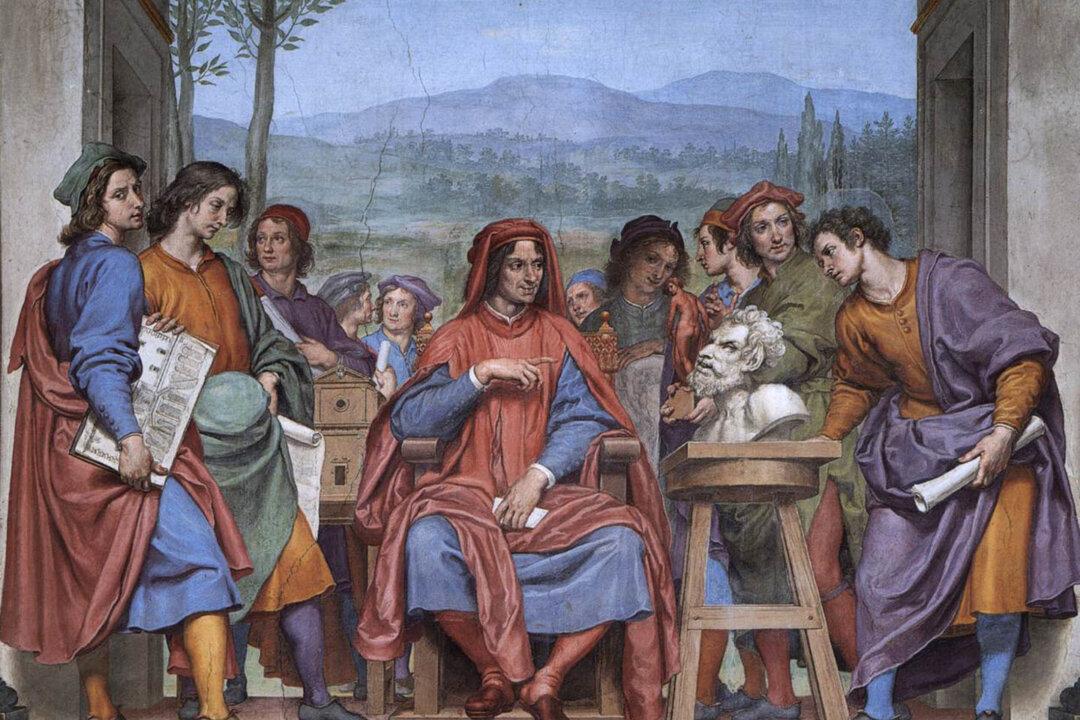The Italian Renaissance was an exemplary period for the free exchange of ideas coupled with the pursuit of excellence. The discovery of classical Greek texts and works of art helped fuel a greater discussion around our purpose and potential as human beings.
The Medici Academy was an intellectual and artistic haven in Renaissance Italy. Also known as the “Platonic Academy” or “Florentine Academy,” the Medici Academy was founded by Cosimo de Medici in the mid-15th century. The academy would often meet in the sculpture garden on the Piazza San Marco in Florence, owned by the Medici family.





